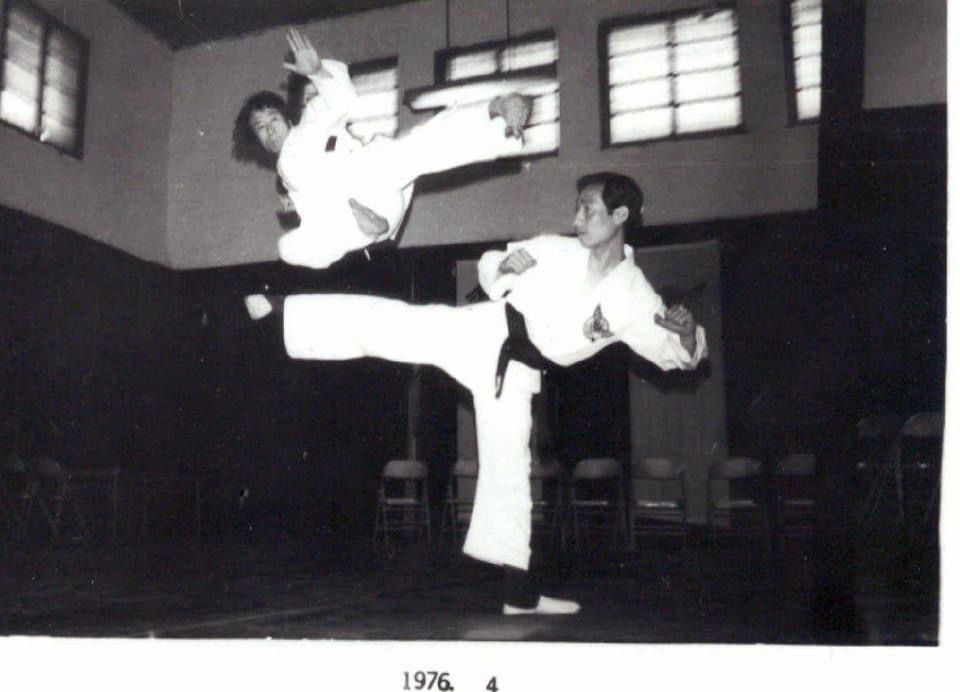Introduction: What is a Grandmaster In Martial ARts
When exploring the world of traditional martial arts, titles and ranks play a significant role in defining the hierarchy and structure within different systems. Among these ranks, the title of “Grandmaster” stands out as one of the most esteemed and respected positions. But what exactly is a grandmaster in martial arts? This post delves into the meaning, responsibilities, and significance of a grandmaster, providing a comprehensive understanding of this revered title.
The Definition of a Grandmaster
In martial arts, a grandmaster is typically the highest-ranking individual within a particular style or system. Martial arts communities often bestow this title upon practitioners who have dedicated their lives to studying, practicing, and teaching martial arts. Grandmasters not only master the physical aspects of their art but also deeply understand its philosophy, history, and techniques.
The Path to Becoming a Grandmaster
Becoming a grandmaster is a journey that requires decades of commitment, practice, and continuous learning. The path usually begins with attaining lower ranks and gradually progressing through the system. Here are some common steps in the journey to becoming a grandmaster:
- Beginner to Black Belt: The initial stages involve rigorous training, learning fundamental techniques, and mastering the basics. Achieving a black belt signifies a high level of proficiency and dedication.
- Advancing Through Dan Ranks: After obtaining a black belt, practitioners advance through various Dan (degree) ranks. Each rank represents a deeper level of expertise and understanding.
- Master Level: Reaching the rank of master is a significant milestone. Masters are highly respected and often responsible for teaching and mentoring the instructors who teach students.
- Grandmaster Title: The title of grandmaster is reserved for those who have achieved the pinnacle of mastery. This often includes significantly contributing to the development of a martial arts style.
The Role of a Grandmaster in MArtial ARts
A grandmaster’s role extends beyond personal skill and knowledge. They are leaders, teachers, and guardians of their martial arts system. Key responsibilities include:
- Teaching and Mentorship: Grandmasters pass on their knowledge and skills to the next generation. They train masters and ensure the preservation and evolution of their martial arts style.
- Philosophical Guidance: Martial arts is not just about physical prowess; it involves a deep philosophical component. Grandmasters instill the principles and values of their art in their students.
- System Development: Many grandmasters contribute to the evolution of their martial arts system, introducing new technique theory and training methods.
- Global Ambassadors: Grandmasters often represent their style internationally, promoting martial arts and fostering cultural exchange.
The Significance of a Grandmaster in Different Martial Arts Styles

The title and role of a grandmaster can vary across different martial arts styles. Here are a few examples:
- HapKiDo: In HapKiDo, the grandmaster holds a central position, overseeing the training and certification of instructors and students. Grandmaster JiMong Choe, for instance, is a prominent figure in the HapKiDo community.
- Karate: Karate grandmasters are very respected for the technical skill and philosophical insight possessed. They often lead large organizations and have a significant influence on the global Karate community.
- Taekwondo: Taekwondo grandmasters play a crucial role in the development of the sport, contributing to both traditional and Olympic-style Taekwondo.
- Kung Fu: Kung Fu grandmasters are revered for their mastery of complex forms and techniques. They often have a deep connection to the cultural and historical aspects of their art.
Common Traits of a Grandmaster
While each martial arts style has its unique characteristics, grandmasters often share common traits, including:
- Experience and Expertise: Decades of training and teaching have honed their skills to the highest level.
- Wisdom and Knowledge: They possess an in-depth understanding of martial arts philosophy, history, and techniques.
- Leadership and Influence: Grandmasters are leaders within their martial arts community, guiding and inspiring others.
- Dedication and Passion: Their lifelong commitment to martial arts is evident in their continuous pursuit of excellence.
Conclusion
Understanding what a grandmaster is in martial arts provides insight into the dedication, expertise, and leadership required to achieve this esteemed title. Grandmasters are not only masters of their craft but also custodians of martial arts traditions, ensuring their preservation and growth for future generations. Whether you are a martial arts practitioner or an enthusiast, recognizing the significance of grandmasters enriches your appreciation of the martial arts world.
